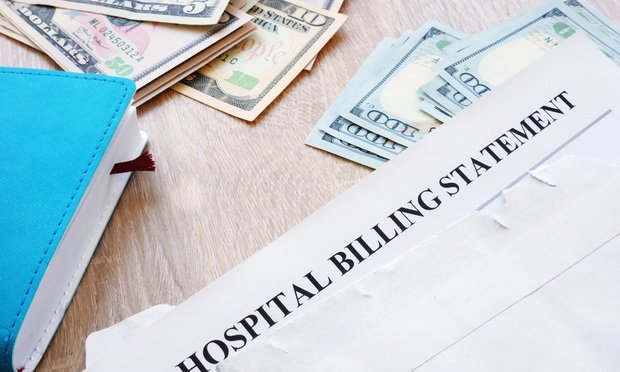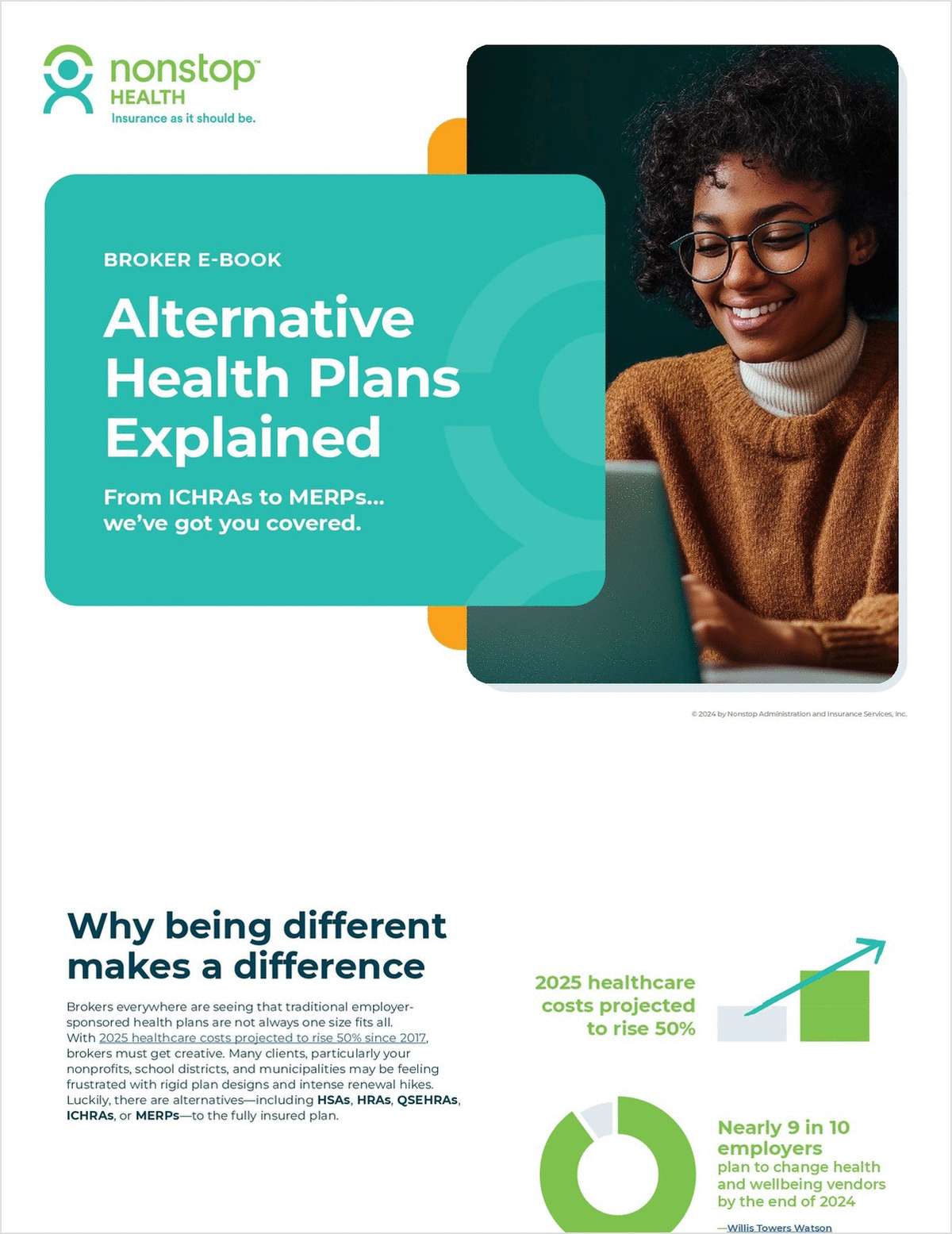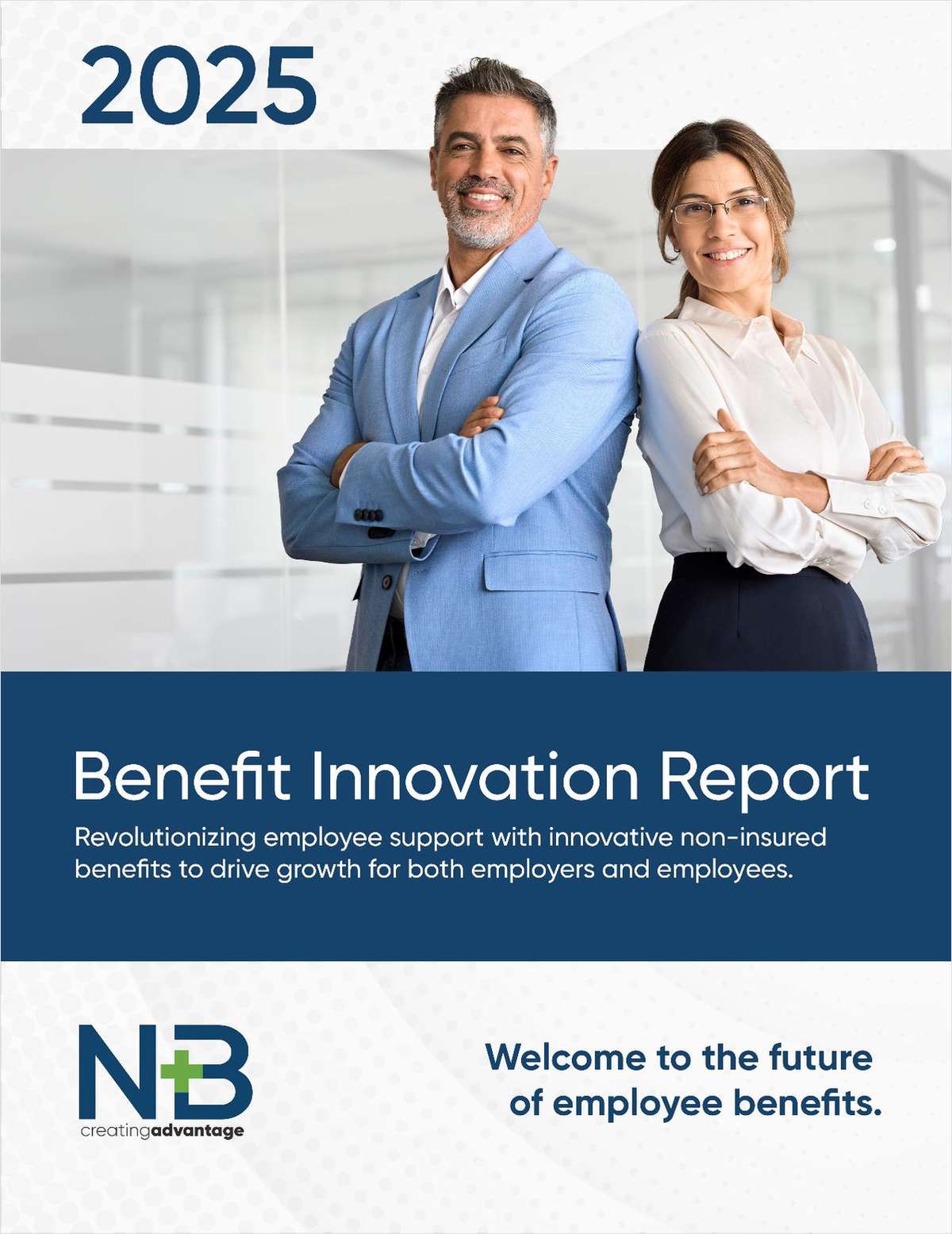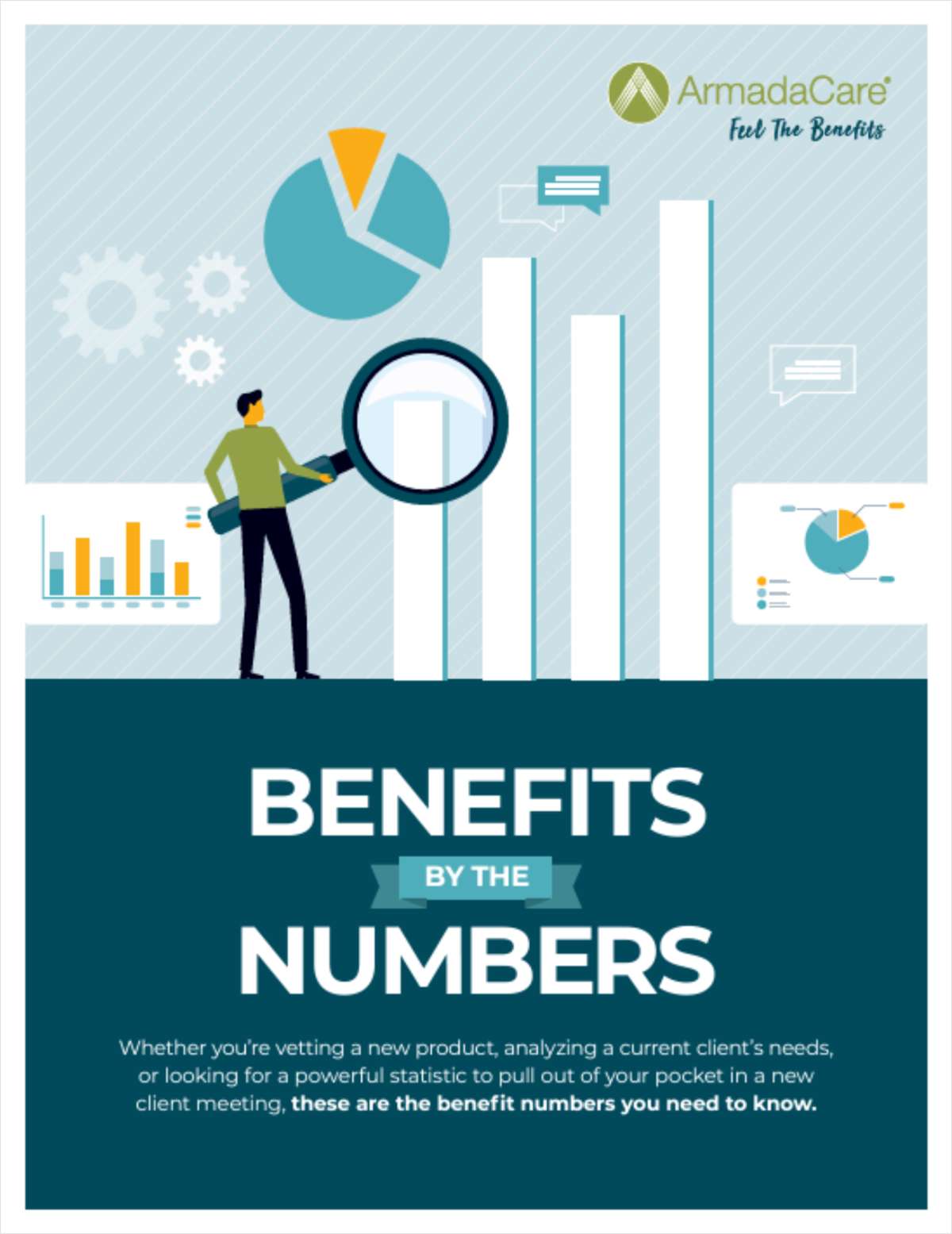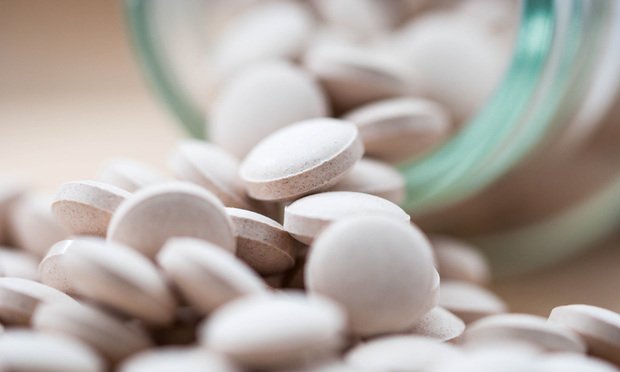 Brand-drug companies say authorized generics increase competition even if they’re not an independent product.
Brand-drug companies say authorized generics increase competition even if they’re not an independent product.
When PDL BioPharma’s $40 million blood-pressure medicine faced the threat of a generic rival this year, the company pulled out a little-known strategy that critics say helps keep drugs expensive and competition weak.
It launched its own generic version of Tekturna, a pill taken daily by thousands. PDL’s “authorized” copycat hit the market in March, stealing momentum from the new rival and protecting sales even though Tekturna’s patent ran out last year.
PDL’s version sold for $187 a month versus $166 for the competing generic, made by Anchen Pharmaceuticals, according to Connecture, an information technology firm. PDL’s brand-name Tekturna runs about $208 a month.
The plan is “to maximize profit at this point,” Dominique Monnet, PDL’s CEO, told stock analysts in March. With the boost of PDL’s house generic, “the economics would still be very favorable to us” even against the generic rival and even if prescriptions plunged for the brand, he said.
Lawmakers who created the modern generic-drug industry in the 1980s never imagined anything like this — brand-pharma companies maximizing profits by appearing to compete with themselves.
But it goes on all the time. In fact, there are now nearly 1,200 authorized generics approved in the U.S., according to the Food and Drug Administration. While these might look like products that would push prices down, authorized generics can be as profitable as, if not more profitable than, brand-name drugs.
“Authorized generics are not generic drugs,” Dr. Sumit Dutta, chief medical officer for drug-benefit manager OptumRx, told Congress in April. “The marketing and production of authorized generics is exclusively controlled and directed by brand-drug manufacturers. They do nothing to promote competition.”
Last year, authorized generics appeared at the rate of about once a week. High-profile examples in recent years included Mylan’s generic version of the EpiPen anti-allergy injector, introduced to soothe public outrage after the company raised the brand price 400 percent. In March, Eli Lilly said it would launch a less expensive generic of its Humalog insulin, whose branded list price has also soared.
Of all the ways drug companies try to protect sales as patents expire — changing doses, adding ingredients, seeking approval to treat new diseases — authorized generics are by far the most profitable, returning $50 for every dollar invested, research firm Cutting Edge Information calculated in 2015.
Brand-drug companies say authorized generics increase competition even if they’re not an independent product.
This “reduces prices and results in significant cost savings,” said Holly Campbell, spokeswoman for the Pharmaceutical Research and Manufacturers of America, or PhRMA, the brand-drug lobby. “Congress should reject attempts to delay, restrict or prohibit authorized generics.”
But critics say authorized generics hurt long-term competition and often perversely increase costs, even in the short term.
Authorized generics don’t just steal sales from existing generic rivals. Critics say they erode incentives to make generic drugs, partly by thwarting the intent of Congress to let one company temporarily have generic business to itself after a brand patent expires.
Tactics like this can “stave off generic competition and make sure that generics can’t get much of a foothold when they do get to market,” said Robin Feldman, a professor at the University of California Hastings College of the Law, who studies pharma policy. “That’s the game. And drug companies have become masters at this.”
Authorized copycats may help explain why relatively few true generics are reaching the market despite a surge in approvals, analysts say.
The 1984 Hatch-Waxman Act founded the modern generic business by establishing rules for safety and competition, including granting six months of market exclusivity to the first generic rival to each brand. The idea was to give the first mover a profitable head start to attack the established pill.
Few realized the law left room for brand companies to launch their own generics at the same time as or even earlier than rivals, often slightly lower in cost and nearly indistinguishable to patients and doctors from the brand as well as any independent generics.
PDL acquired Tekturna from Novartis via an affiliate in 2016 and soon learned that Anchen was planning a generic. It moved quickly to fight back.
PDL’s authorized generic version of Tekturna “was timed to secure us the benefit of being first to market,” before Anchen’s version was even on the shelves, PDL’s CEO, Monnet, told analysts. “We believe this provides [PDL] with a distinctive competitive advantage.”
PDL was so confident the authorized generic, called aliskiren, would produce substantial revenue without much effort that it got rid of its Tekturna salesforce of 60 people.
“There’s a lot of parts of the system that just automatically switch” to generics, whatever the source, said Maxim Jacobs, who follows PDL’s stock for Edison Investment Research. So even if the authorized generic isn’t much cheaper than the brand, “it’s almost like a no-brainer” to roll one out, he said.
Monnet was unavailable for an interview, a spokesperson said. Anchen did not respond to requests for comment.
Oddly enough, authorized generics can be more profitable than the brand-name drug even if their list prices are much lower, OptumRX’s Dutta told Congress. That’s because they usually aren’t subject to rebates that flow from the drugmaker to middlemen such as OptumRX and effectively lower a brand’s revenue.
“These authorized generics often result in net prices higher than the brand drugs they replace,” he told Congress. “Authorized generics are just another tactic for drug manufacturers to improve profitability.”
The list price for the authorized generic of Humalog insulin is half the brand’s — $137 versus $275. That apparent discount offered limited relief to uninsured patients paying cash and generated spirited headlines saying Lilly had lowered the price significantly.
But the move won’t cost Lilly any money, said another senior pharmacy benefits executive who asked for anonymity to speak candidly about a vendor. After rebates, $137 is about what the drug giant nets for Humalog now, the executive said. And it’s still far higher than what insulin costs in other countries.
“It’s a parlor trick,” the executive said. “They’re bending to political pressure, but are they taking any money out of the system? They’re not.”
Lilly’s Humalog generic, called insulin lispro, and Mylan’s EpiPen copycat departed from the traditional playbook by launching well before patents for those brands expired. The companies were trying to calm outrage over rising prices rather than fend off generic rivals, analysts said.
Generic Humalog “was made available to help people paying full retail price for their insulin” because of coverage gaps or lack of insurance, said Lilly spokesman Greg Kueterman.
The mere threat of an authorized generic can also smother competition.
A 2013 Supreme Court ruling challenged deals in which brands blatantly paid rivals to keep generics off the market. So pharma firms came up with an alternative: They could would hold fire on an authorized clone if generic firms agreed to delay launching their products or gave some other concession, according to the Federal Trade Commission.
Both sides win. The brand stretches its monopoly beyond the life of the patent, while the generic firm avoids facing an authorized rival later on.
Authorized generics can generate outsize profits in yet another way: as a method to game Medicaid contracts that costs taxpayers hundreds of millions of dollars a year, according to investigators for the Health and Human Services Department.
Brand-pharma companies routinely “sell” authorized generics to a corporate affiliate at a sharp discount, establishing an artificial wholesale price, said Edwin Park, a research professor who studies Medicaid at the Georgetown University Center for Children and Families.
Because of complex discounting formulas, this strategy minimizes rebates the drugmakers owe to Medicaid, found HHS’s Office of Inspector General.
Congress is eyeing bipartisan legislation to close that loophole, which the Congressional Budget Office estimates would save the federal government $3.15 billion over 10 years.
The next frontier in authorized generics involves harder-to-make biologic drugs, such as generic Humalog, which are made from components of living organisms, analysts say.
Such products tend to be expensive and highly profitable, producing especially strong incentives for brand companies to preserve their franchises.
Makers of valuable biologics such as arthritis drug Humira have avoided the kind of competition from generic-like “biosimilars” that exists in Europe, partly due to patent extensions and litigation settlements.
But once patents do expire, authorized biosimilars are likely to be an integral part of their profit-preservation tactics, analysts say. In February, Lilly asked regulators to clarify their stance on “branded biosimilars” — a clear indication of its interest.
The query is “part of a number of questions Lilly and others have posed” about shifting FDA treatment of biologics, said Lilly spokesman Kueterman.
Kaiser Health News is a nonprofit news service covering health issues. It is an editorially independent program of the Kaiser Family Foundation, which is not affiliated with Kaiser Permanente.
Complete your profile to continue reading and get FREE access to BenefitsPRO, part of your ALM digital membership.
Your access to unlimited BenefitsPRO content isn’t changing.
Once you are an ALM digital member, you’ll receive:
- Breaking benefits news and analysis, on-site and via our newsletters and custom alerts
- Educational webcasts, white papers, and ebooks from industry thought leaders
- Critical converage of the property casualty insurance and financial advisory markets on our other ALM sites, PropertyCasualty360 and ThinkAdvisor
Already have an account? Sign In Now
© 2024 ALM Global, LLC, All Rights Reserved. Request academic re-use from www.copyright.com. All other uses, submit a request to [email protected]. For more information visit Asset & Logo Licensing.




